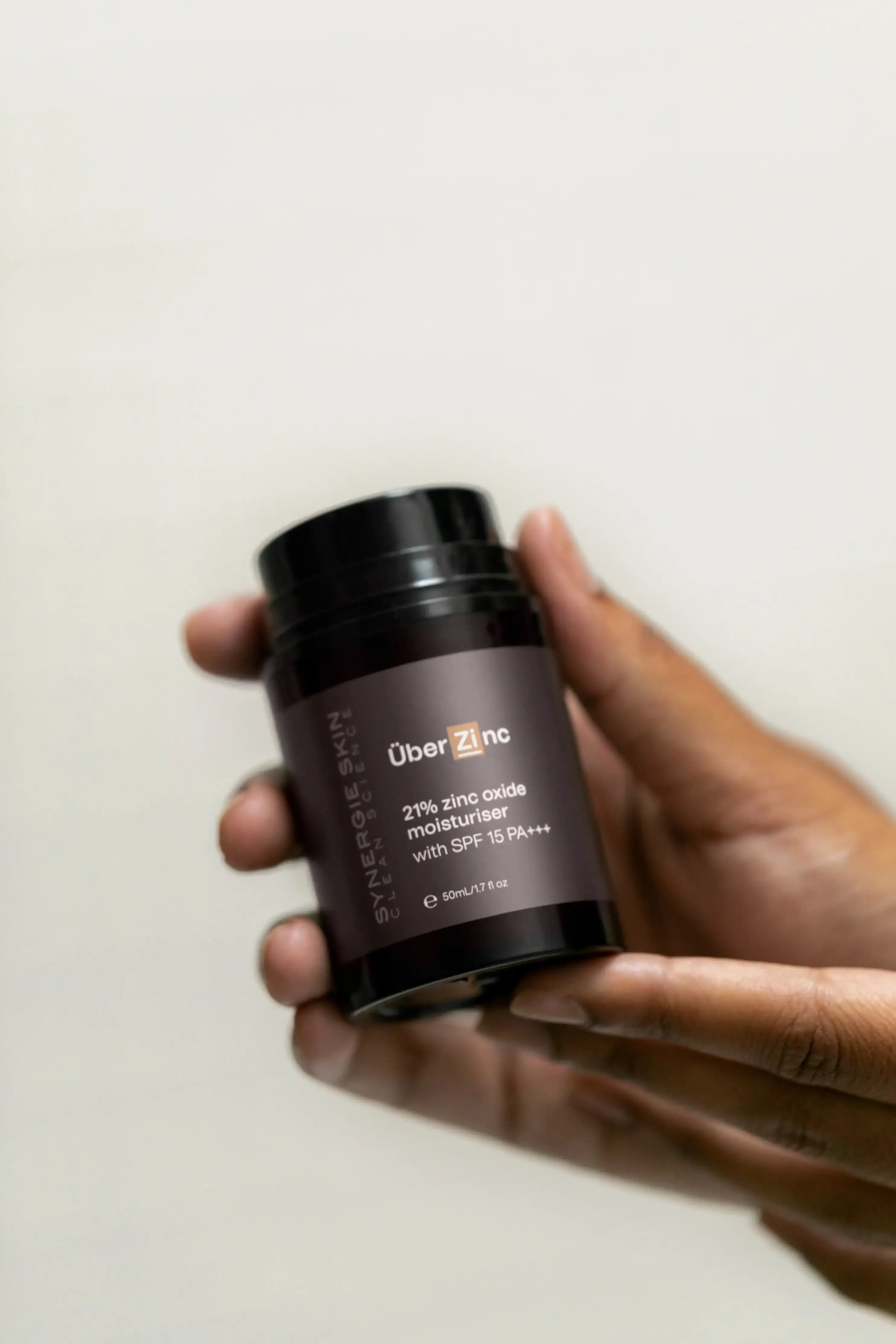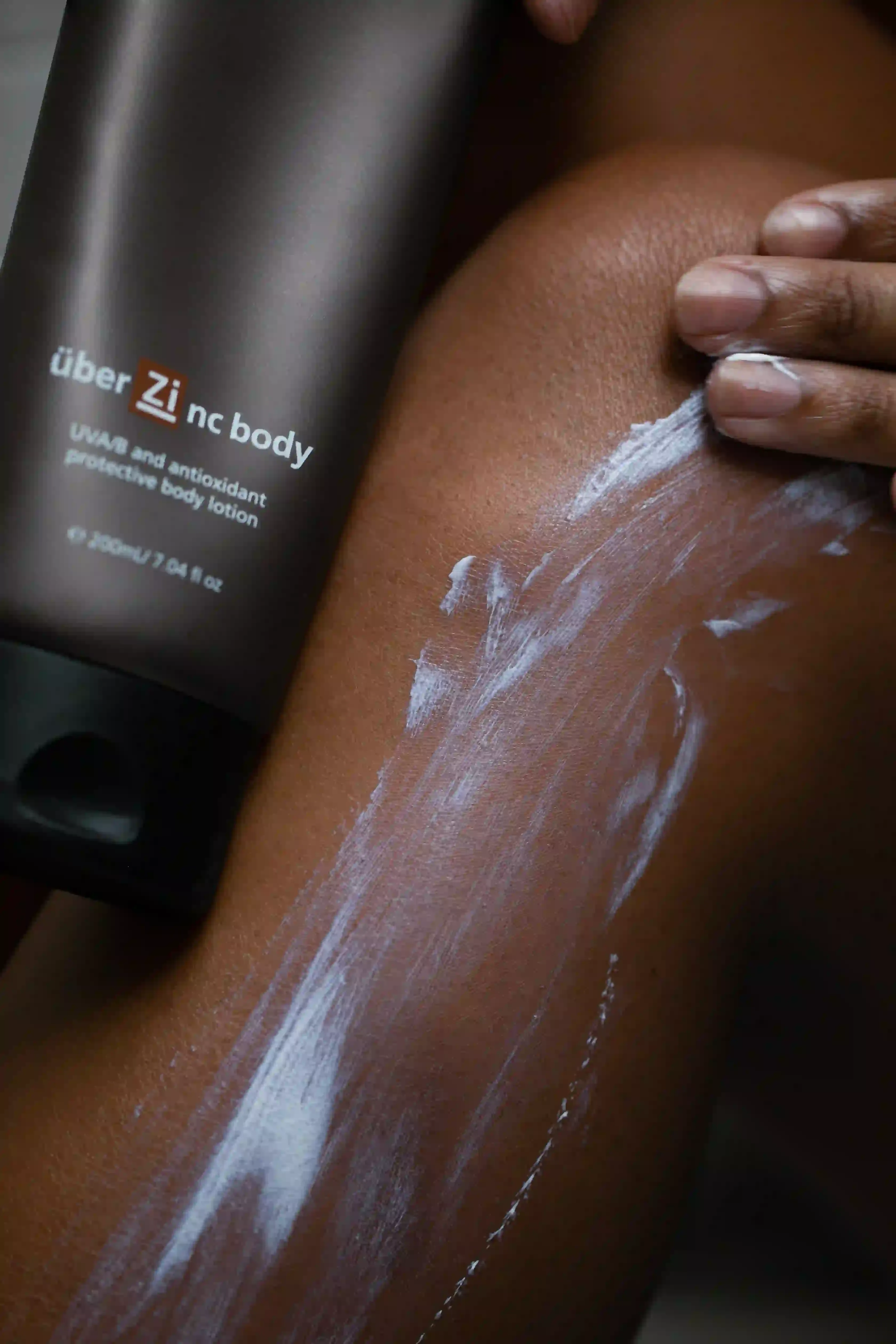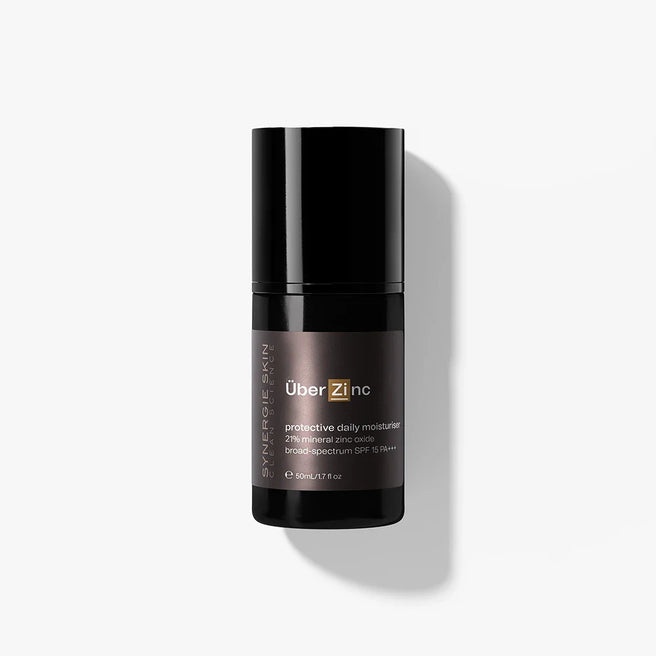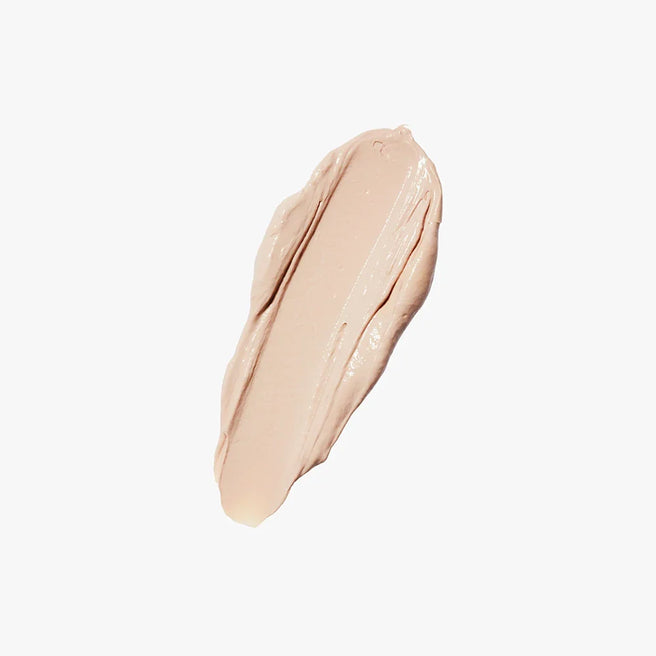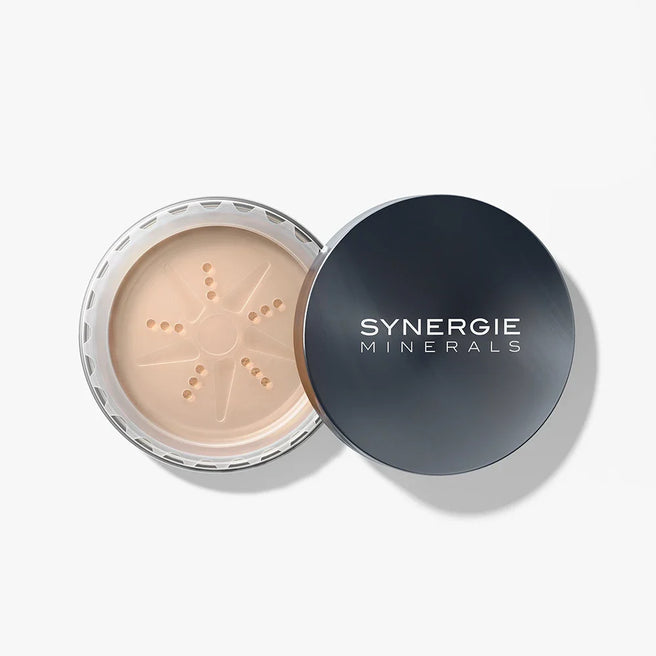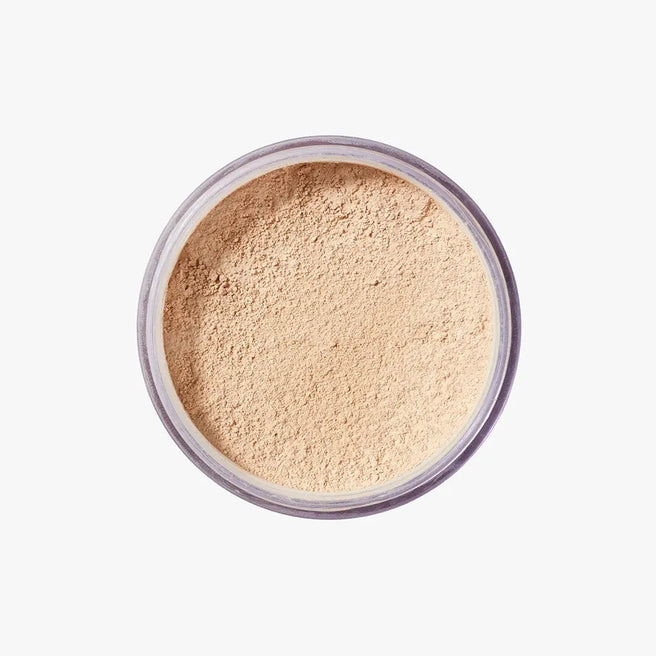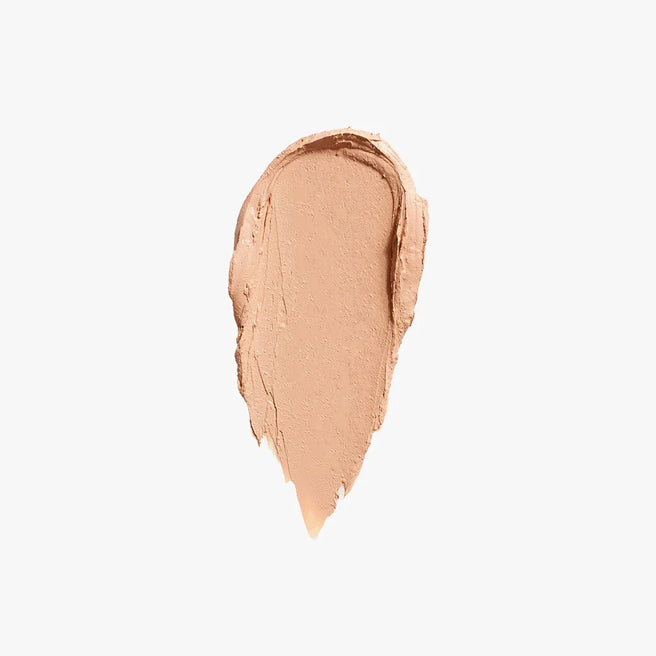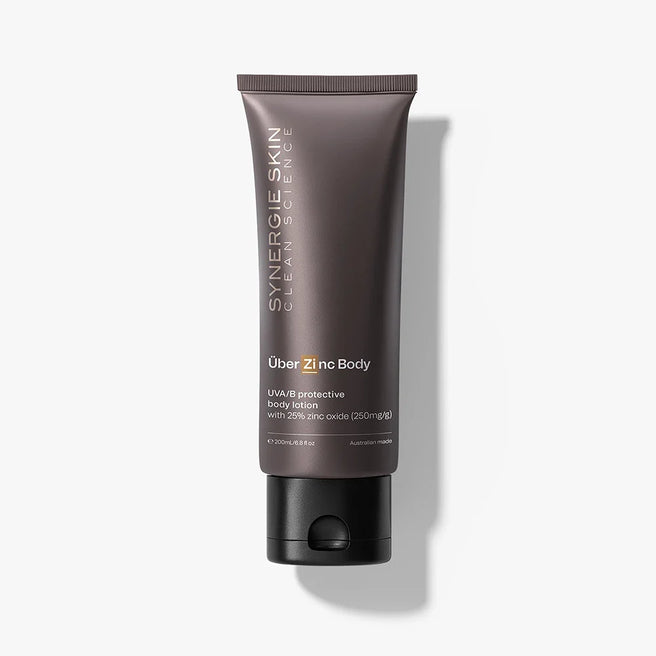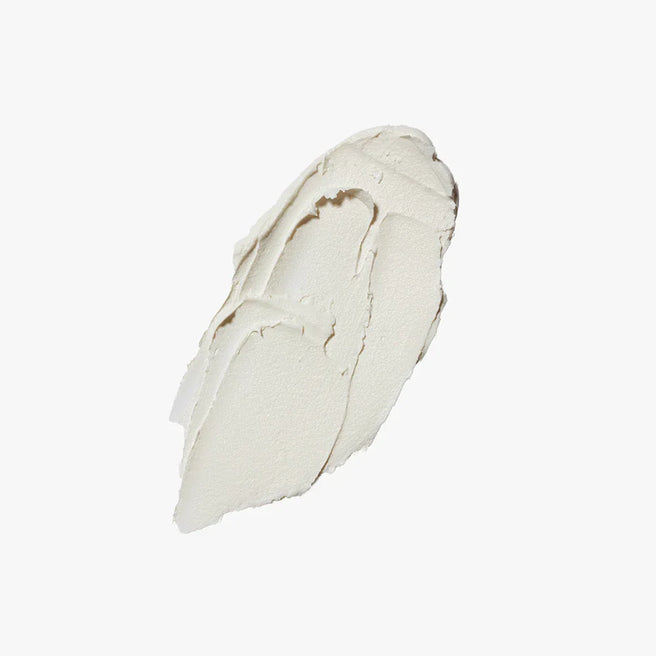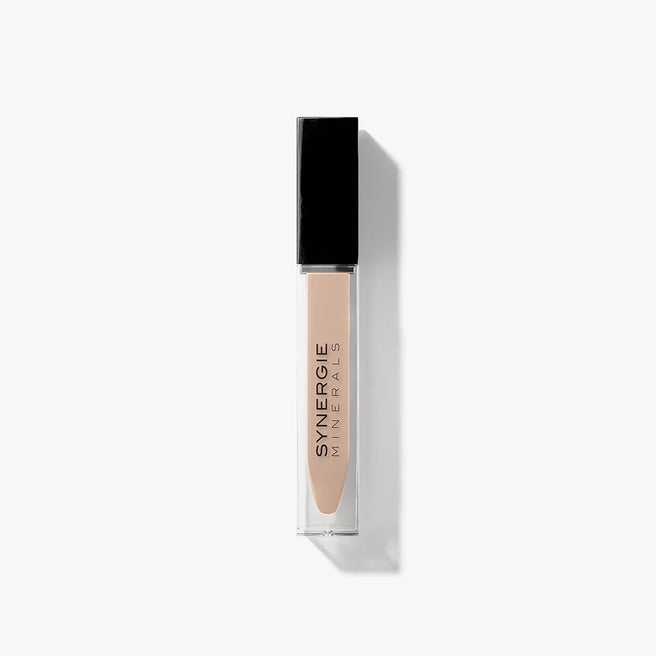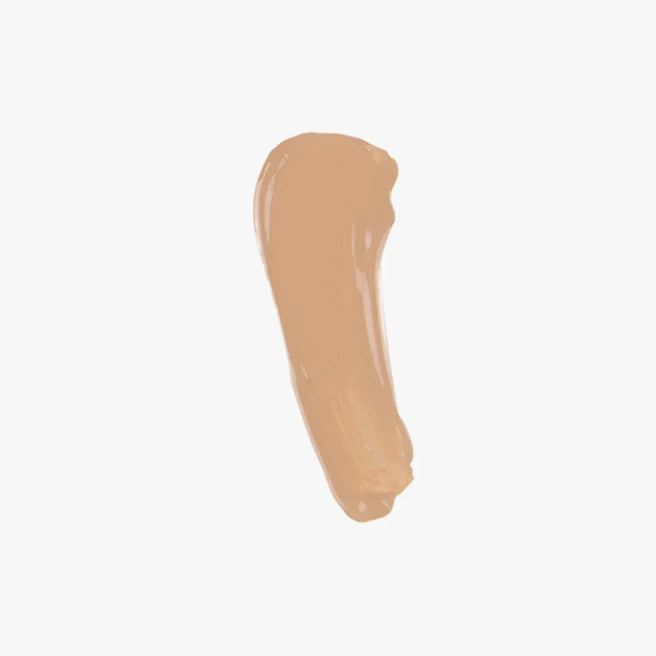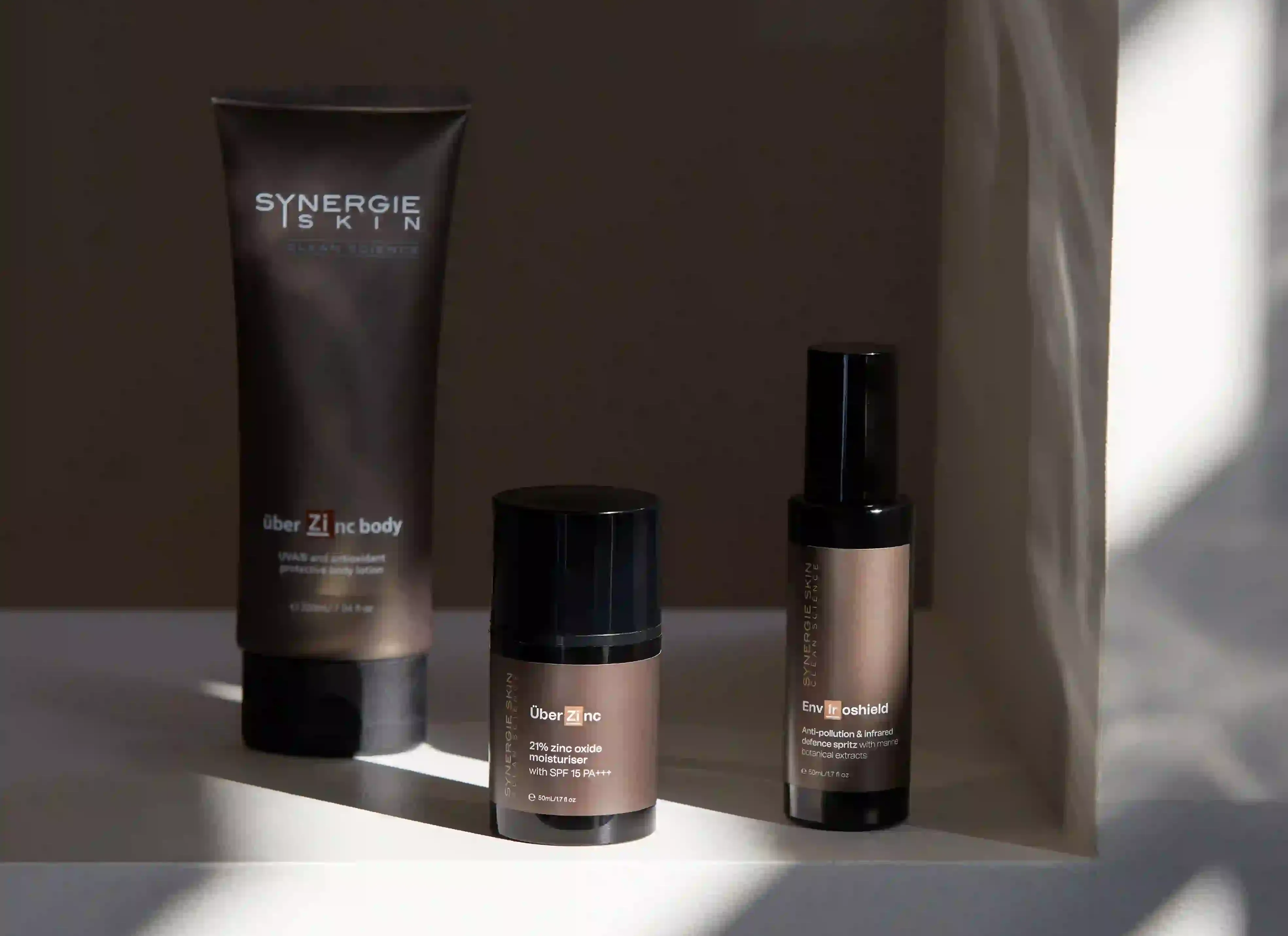
Is your high SPF sunscreen actually protecting your skin?
There is an alarming increase in the rate of skin cancer as consumers are turning to high SPF products that are lulling them into a false sense of security thinking that a very high SPF product will make their skin bulletproof to all solar damage.
SPF only protects wearers from UVB rays, the rays that give you a sunburn. But what about the dangerous, deeper penetrating UVA rays? UVA rays are known as the sun’s silent killers because you can’t feel them affecting your skin. Because they penetrate deeper into the skin, they acting as invisible ninjas that age your skin by destroying collagen, elastin, and blood vessels. And worse still they directly affect your DNA, causing mutations, cell damage and contribute to skin cancer. These rays do not cause sunburn, they cause your skin to turn brown. A tanned body isn’t feeling so glamorous now, is it? Look for broad-spectrum cover that will fight both UVA and UVB rays. NEVER rely on SPF levels alone and look for a high PA+ UVA rating. I would rather have a consumer reapply an SPF 15 more regularly, than think an SPF 100+ will be all they need for the entire day.
What is the difference between SPF 15, 30 and 50+?
The differences between SPF levels are much smaller than people realise.
Most consumers believe that SPF 30 offers TWICE the level of UVB protection than SPF 15. This is a myth!
In fact, the difference in UVB protection between SPF 15 and 30 is only an additional 3.4%. Further still, the difference between SPF 30 and SPF 50+ is only 1.6% more UVB protection! SPF 15 protects from about 93% of UVB rays, while SPF 30 protects from about 97%. This means that SPF 30 provides only slightly higher protection than SPF 15. It's important to note that the difference in protection is not proportional and linear. SPF 30 is not twice as effective as SPF 15, but it does provide better protection.
Check out this table below to see the real differences between SPF ratings…
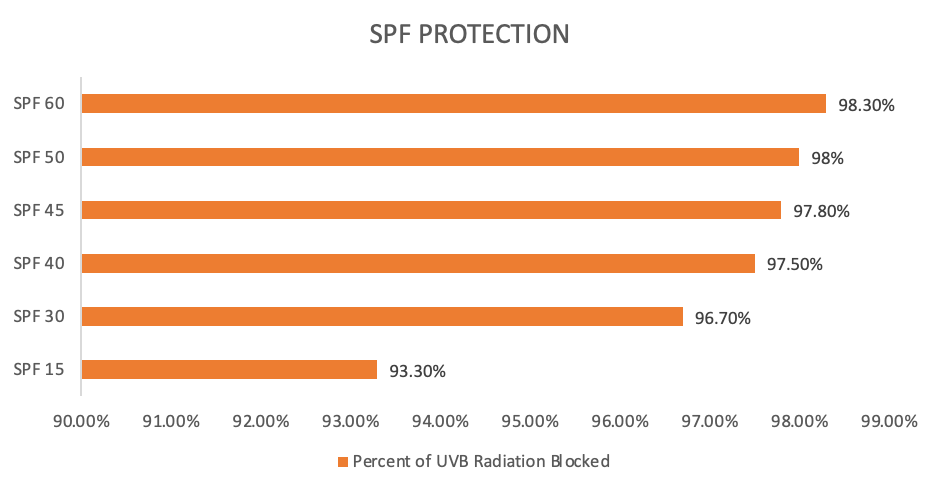
Will layering an SPF 15 product with an SPF 30 give me an SPF 45?
I wish it was that simple! It’s true that layering two physicals will give you better protection as there will be a denser cover of mineral particles sitting on the skin surface when you apply multiple layers where particles will overlap on the skin surface and fill in the gaps (e.g. ÜberZinc plus Second Skin Crush loose minerals). So, whilst with physical sunscreens you can increase the SPF by layering two products together, it doesn’t mean that you can add the two SPF’s. When mixing two chemical sunscreens, you’ll usually end up with the higher SPF product you mixed but the lower SPF product may dilute the higher one.
What is the difference between SPF and PA+?
Understanding sunscreen labels can be confusing. Put simply, SPF measures UVB, whereas the PA+ rating measures UVA protection. SPF stands for Sun Protection Factor, and measure how long a product gives you protection from burning UVB rays divided by how long you will burn without the sunscreen. Remember ‘B’ is for burning.
PA+ labels, on the other hand are a rating system to measure how much protection a product gives you against skin-ageing UVA rays. Remember ‘A’ is for ageing.
PA+ = Some UVA protection.
PA++ = Moderate UVA protection.
PA+++ = High UVA protection.
PA++++ = Extremely High UVA protection.
Read your labels and look for broad-spectrum cover (UVA and UVB).
Choose physical sunscreen over chemical sunscreen
As a cosmetic chemist, when formulating it is often as important what I don’t include in my product as what I do include. I have my own checklist of what I refer to as ‘questionable ingredients’. Chemical sunscreens have been linked to photosensitivity, skin irritation and allergy. This is the main reason for avoiding these sunscreens in my Melbourne lab.
There are also claims, that are not conclusively substantiated by large scale human studies, that chemical sunscreens may possibly influence hormone levels with long-term use. I do not believe this is a serious concern to human health and I will certainly not join a fear mongering campaign on chemical sunscreens and hormone health.
There is, however, some concern over the impact of chemical sunscreens on coral reefs. This resulted in an FDA ban on the use of certain chemical sunscreens such as Oxybenzone, due to their impact on marine life. If a chemical sunscreen ingredient is available that has been shown not to exhibit higher skin sensitivity reactions and is reef-safe, I will look at including it in my lab. Some chemical sunscreen ingredients are showing promise, but many are still not TGA cleared for Australian formulations. I will watch this space; however I currently choose to formulate only with physical sunscreen due to the following additional benefits:
- Broad-spectrum protection from both UVA and UVB rays with a single ingredient, zinc oxide
- No absorption into bloodstream
- Potent anti-inflammatory and healing properties have been found in zinc oxide. In fact, our bodies naturally sends its zinc reserves to help heal when it senses a wound.
- The antimicrobial properties of zinc oxide lessen the severity of acne lesions, and helps reduce acne bacteria
- Child and baby safe
- Environmentally friendly
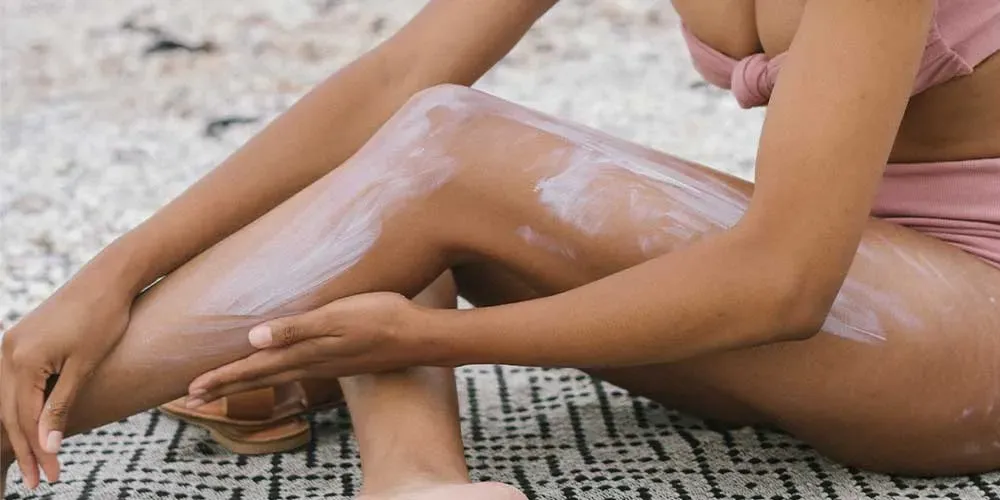
How much protection will ÜberZinc give me?
ÜberZinc (SPF 15 and PA+++) will protect from 93.3% of UVB rays. It’s a luxe moisturiser with built-in UVA and UVB protection. I consider it my go-to daily moisturiser for everyday protection and hydration. I wouldn’t recommend ÜberZinc for all-day beachwear, swimming, or strenuous outdoor activities. Always reapply. Remember, zinc oxide also protects you from UVA rays that penetrate windows, so it’s ideal for weekday use and office wear. It’s also an excellent anti-irritant ingredient, so it’s awesome for sensitive and congested skin.
Is ÜberZinc safe for babies and children?
As a mother of two I have always said: “If I won’t put it on my face, or my children’s face, then I won’t put it on my customers’ face.” ÜberZinc contains my hero ingredient zinc oxide. You may also remember this natural mineral as being the main ingredient in soothing calamine lotion and nappy rash cream – so you can be sure that it’s great for bubs. Zinc oxide is fantastic for calming irritated and sensitive skin, so when it comes to overall skin protection for your kids, think zinc!
How much sunscreen do I need to apply for UV protection and how often?
The 1/4 teaspoon dosage rule was created years ago and applies more to sunscreens than to minerals (zinc oxide and titanium dioxide). It really depends on the amount (density) of zinc oxide and titanium dioxide in the product. These mineral particles don’t absorb into the skin like chemical sunscreens, they sit on top of the skin and act as a physical barrier to UV light. As a broad rule, you need approximately 1 pump of ÜberZinc for an average face. However – you move it, you lose it! If you perspire or rub your face, you remove that precious barrier, so you must reapply for adequate protection.
Can I use my makeup as my sunscreen?
Yes, you can! Over 95% of makeup on the market contains artificial petroleum-based pigments (FD&C dyes) which offer no benefit to your skin apart from adding colour. Mineral makeup such as Synergie Minerals, on the other hand, uses mineral iron oxides as pigments, giving both visual AND protective benefits to the skin. Sure, it’s more challenging to formulate with these natural pigments, but it’s worth the effort! Not only does Synergie Second Skin Crush and Synergie MineralWhip offer SPF 40 (UVB protection) and PA++++ (maximum UVA protection), the iron oxide pigments also offers built-in blue light protection.
We now know that HEV/blue light can cause pigmentation concerns, melasma, accelerate the ageing process and create free radical damage in our cells. Think of how many hours you use your phone, tablet or computer screen! These devices, as well as the sun, are known sources of blue light. The zinc oxide, titanium oxide and iron oxide pigments in Synergie Minerals makeup contain natural filters for blue light. Synergie Minerals has a wealth of protective benefits – and the side effect is that it makes you look amazing!
What about sun protection for the body?
When it comes to daily protection from solar UV and blue light, most of us just focus on our faces and we neglect areas below the chin. For day-to-day protection, remember to apply to your neck, décolletage and hands. These are all common areas often missed. Apply ÜberZinc Body to your neck, exposed chest and the back of your hands as your daily light SPF 15 sunscreen. Remember the ‘move it/ lose it’ rule and reapply after wiping or washing your hands.
8. How much sunscreen do I need to apply for UV protection and how often?
The 1/4 teaspoon dosage rule was created years ago and applies more to sunscreens than to minerals (zinc oxide and titanium dioxide). It really depends on the amount (density) of zinc oxide and titanium dioxide in the product. These mineral particles don’t absorb into the skin like the chemical sunscreens, they sit on top of the skin and act as a physical barrier to UV light. As a broad rule, you need approximately 1/6 of a teaspoon (0.7grams) of ÜberZinc for an average face. However… you move it, you lose it! If you perspire or rub your face, you remove that precious barrier, so you must reapply for protection.
9. Can I use my makeup as my sunscreen?
Yes, you can! Over 95% of makeup on the market contains artificial petroleum-based pigments (FD&C dyes) which offer no benefit apart from adding colour. Mineral makeup such as Synergie Minerals, on the other hand, uses mineral iron oxides for the pigments, giving both visual AND protective benefits to the skin. Sure, it’s more challenging to formulate with these natural pigments, but it’s worth the effort! Not only does Synergie Second Skin Crush and Synergie MineralWhip offer SPF 40 (UVB protection) and PA++++ (maximum UVA protection), it also has built-in infrared (IR) and blue light protection.
We now know that infrared can speed up the ageing process and create free radical damage in our cells. Think of how many hours you use your phone, tablet or computer screen! These devices, as well as the sun, are known sources of blue light. Blue light contributes to skin damage, melasma and uneven skin tone. The zinc oxide, titanium oxide and iron oxide pigments in Synergie Minerals makeup contain natural filters from harmful IR rays and blue light. Synergie Minerals has a wealth of protective benefits - and the side effect is that it makes you look amazing!
10. What about sun protection for the body?
When it comes to daily protection from UV, infrared and blue light, most of us just focus on our faces and we neglect below the chin. For day to day protection, remember to apply to your neck, décolletage and hands. These are all common areas of neglect, and are dead giveaways to our age when we’re older. Apply ÜberZinc Body to your neck, exposed chest and the back of your hands as your daily light SPF 15 sunscreen. Remember the ‘move it/ lose it’ rule and reapply after wiping or washing your hands.
Disclaimer: This blog is for informational purposes only and does not substitute professional medical advice. Consult a dermatologist or skincare professional for specific concerns.




